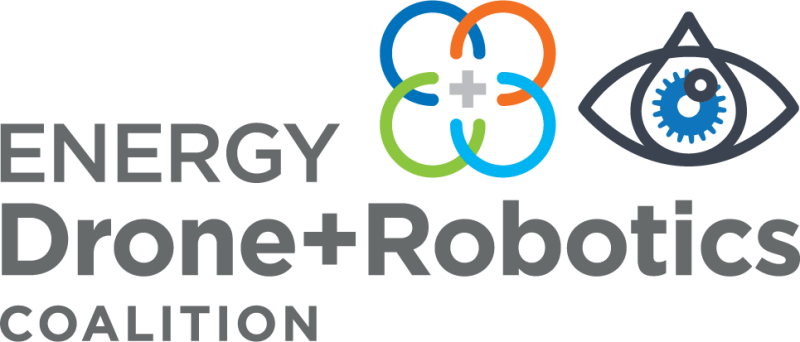For the past ten years, innovators all around the globe have found ways to transform unmanned aerial vehicles (UAVs) or drones, as we normally call them, into versatile, specialized platforms to performs tasks that were either too difficult, too dangerous, or too expensive to accomplish with conventional methods and crewed aircraft.
The energy industry in particular found huge value in using uncrewed platforms to undertake risky assignments. It is difficult to imagine something riskier than dealing with a flammable substance that emerges from the ground with great pressure. Traditionally, oil companies have found ways to isolate, or distance, humans from most dangerous operations using technology but now, with the emergence of robotics, this trend is growing exponentially.
This need to isolate people from dangerous tasks in the energy industry motivated a group of individuals and corporations to create the Energy Drone & Robotics Coalition (EDRC), an organization dedicated to improving safety, efficiency, return on investment (ROI), and security in energy operations through the use of UAVs, robotics, and artificial intelligence (AI).
EDRC organizes an annual meeting for its members, and we had the opportunity to attend this year’s event at the Woodlands in Texas where we met with Sean Guerre, Director of EDRC.
“This year, we are here at the sixth annual gathering of our members to exchange ideas and see what the multiple vendors have to offer in the areas of aerial, ground, water surface, and submarine robotic solutions,” Sean said. “It’s amazing how this new, emerging industry is advancing in leaps and bounds, making this event the more necessary every year. The number of new solutions and improvements over last year’s products is incredible.”
With over 16,000 members, the ERDC is chartered with the responsibility to keep up to date in the latest improvements to equipment and processes. The annual event is an opportunity for industry and academia to showcase their innovations.
“Imagine the awesome responsibility of keeping all that oil and gas critical infrastructure safe and in working order,” Sean said with enthusiasm. “Our members are constantly looking for alternative solutions to increase return on investment and to keep their field personnel safe. The Coalition takes the job of bringing the best solutions to its members very seriously, and that’s why this yearly gathering is such an important occasion.”
With regards to regulations, Sean was enthusiastic about the latest announcements from the FAA.
“We believe that once the rules for flights beyond visual line of sight (BVLOS) are clarified, the uncrewed aerial industry will reach the next level in terms of functionality and applications,” Sean said. “Applications that today are restricted to the immediacy of the operator will be expanded to cover entire active areas and that will increase current usage to protect more and more workers in an ever-growing field of diverse applications.”
In the meantime, more and more companies in the energy sector and every other sector using UAVs will continue testing and applying for waivers to bring their vehicles and safety systems closer to the reality of mainstream usage, while we wait for the FAA to release BVLOS rules, hopefully soon.















Comments